Payroll Protection Program Loan Forgiveness Changed
In a rare bipartisan effort with only one no vote by Rep. Chip Roy (R-Texas), Congress made changes to the Paycheck Protection Program (PPP) Loan Forgiveness. The Paycheck Protection Program Flexibility Act of 2020 (HR 7010) modifies several provisions of the Paycheck Protection Program (PPP) and amends the Small Business Act and the CARES Act related to:
- “Covered period” period for loans
- Payroll spending requirements
- Deferral of employer payroll taxes
- FTEs and salary reduction
- Loan payoff due date
See the whole article here.
Payroll Protection Program Loan Forgiveness Change Passed by Congress
In a rare bipartisan effort with only one “no” vote by Rep. Chip Roy (R-Texas), Congress made changes to the Paycheck Protection Program (PPP) Loan Forgiveness to give borrowers a better chance of getting total loan forgiveness.
The Paycheck Protection Program Flexibility Act of 2020 (HR 7010) modifies several provisions of the Paycheck Protection Program (PPP) and amends the Small Business Act and the CARES Act related to:
- “Covered Period” for Loans
HR 7010 extends the “covered period” from 8 weeks to 24 weeks from the date the loan proceeds were deposited into the borrower’s bank account or Dec. 31, 2020 whichever occurs first. This change provides more time for the borrower to incur and pay forgivable costs. - Payroll Spending Requirements
Earlier in the year, SBA and Treasury issued an interim final rule which required borrowers to spend at least 75% of the PPP loan proceeds on payroll. HR 7010 reduces the payroll spending requirement to 60%. However, and this is a big problem, the legislation seems to have added a cliff to the payroll percentage requirement. The legislation places this limitation on forgiveness: “to receive loan forgiveness, an eligible recipient shall use at least 60 percent of the covered loan amount for payroll costs . . . ” - Deferral of Employer Payroll Taxes
CARES allows the deferral of the employer’s 2020 Social Security (limited to the 6.2% OASDI amount). Half of the deferred amount is due Dec. 31, 2021 and the remainder is due Dec. 31, 2022. However, CARES only allowed the payroll tax deferral for a PPP loan borrower until the time that the loan was forgiven. HR 7010 now allows the PPP loan borrower to deferral social security taxes even though the loan is forgiven. - Full-time Equivalent Employees (FTEs) and Salary Reduction
Even if the employer used the PPP loan proceeds for payroll and other eligible expenses, the forgiveness will be reduced if the borrower has fewer FTEs from a base period or reduced the average annual employee wage by 25% or more. After all, the loan is supposed to be use for “payroll protection”. Under CARES, the reduction could be corrected if the borrower restored FTEs or wages reductions by June 30, 2020. HR 7010 extends the restoration date until Dec. 31, 2020. The legislation also provides that the forgiveness will not be reduced if the business is not able to return to its level of business before Feb. 15, 2020 because of compliance to guidance issued between Mar. 1, 2020 and Dec. 31, 2020 by HHS, CDC or OSHA related to the maintenance of standards for sanitation, social distancing, or any other worker or customer safety requirement related to COVID–19. An exception is also provided for an inability to rehire individuals who were employees of the eligible recipient on Feb. 15, 2020; and an inability to hire similarly qualified employees for unfilled positions on or before Dec. 31, 2020.
References. If you need more on the calculation of the forgiveness related to FTEs and wage reduction, see the SBA FAQs dated May 27, 2020 on the PPP loan. - Loan Payoff Due Date
To the extent the loan is not forgiven, the maturity date of the loan has been extended from two years to five years.
What Needs Clarification?
- How is salary treated for owner employees, 8/52 or 24/52 of 2019 wages? How does the calculation of “payroll expense” for the self-employed work, 8/52 or 24/52 of 2019 net Schedule C income?
- Congress did not address the deduction of expenses paid with the proceeds of the PPP Thus, businesses are stuck with IRS Notice 2020-32 where the IRS says that the expenses paid with PPP loan proceeds are not deductible.

